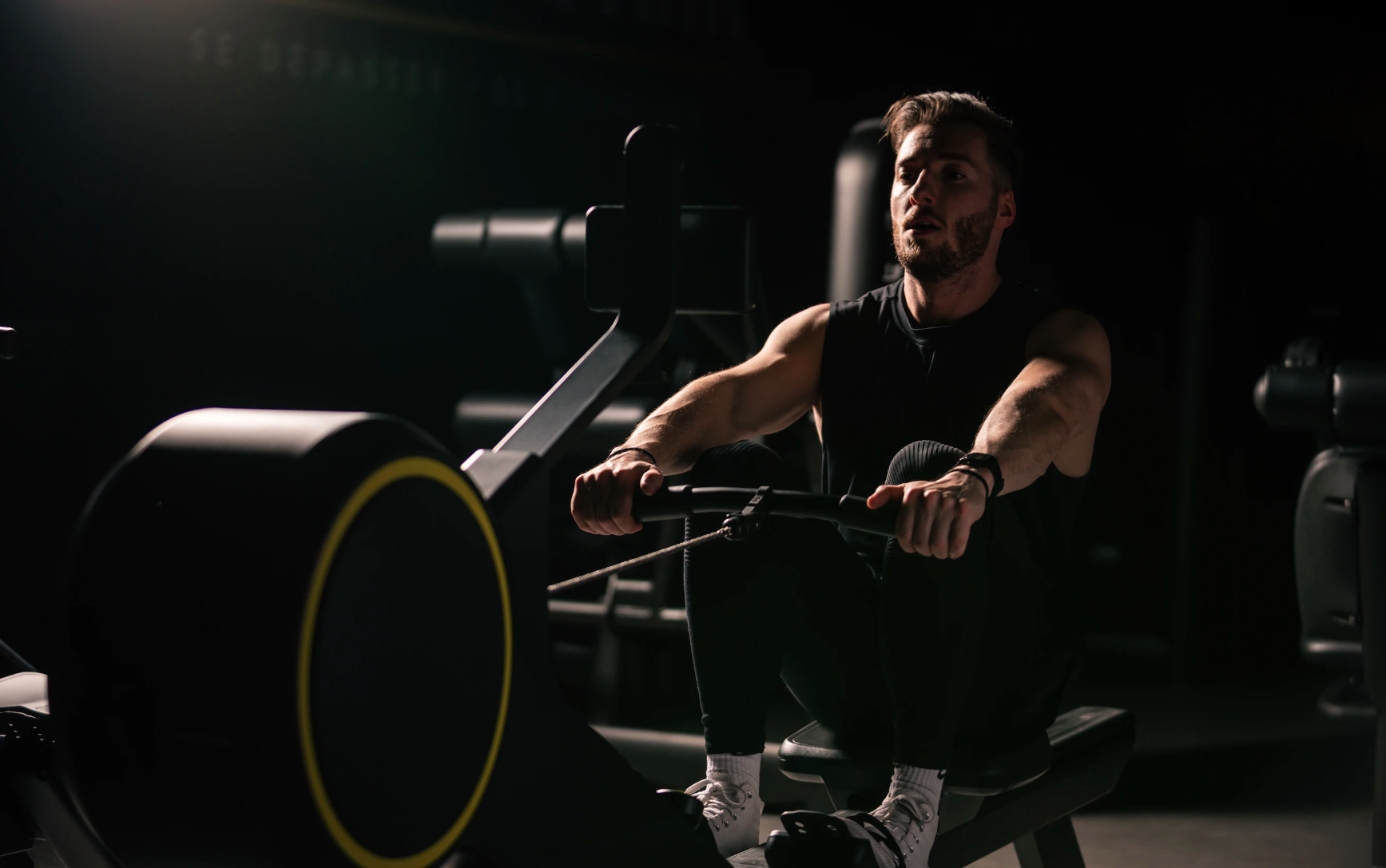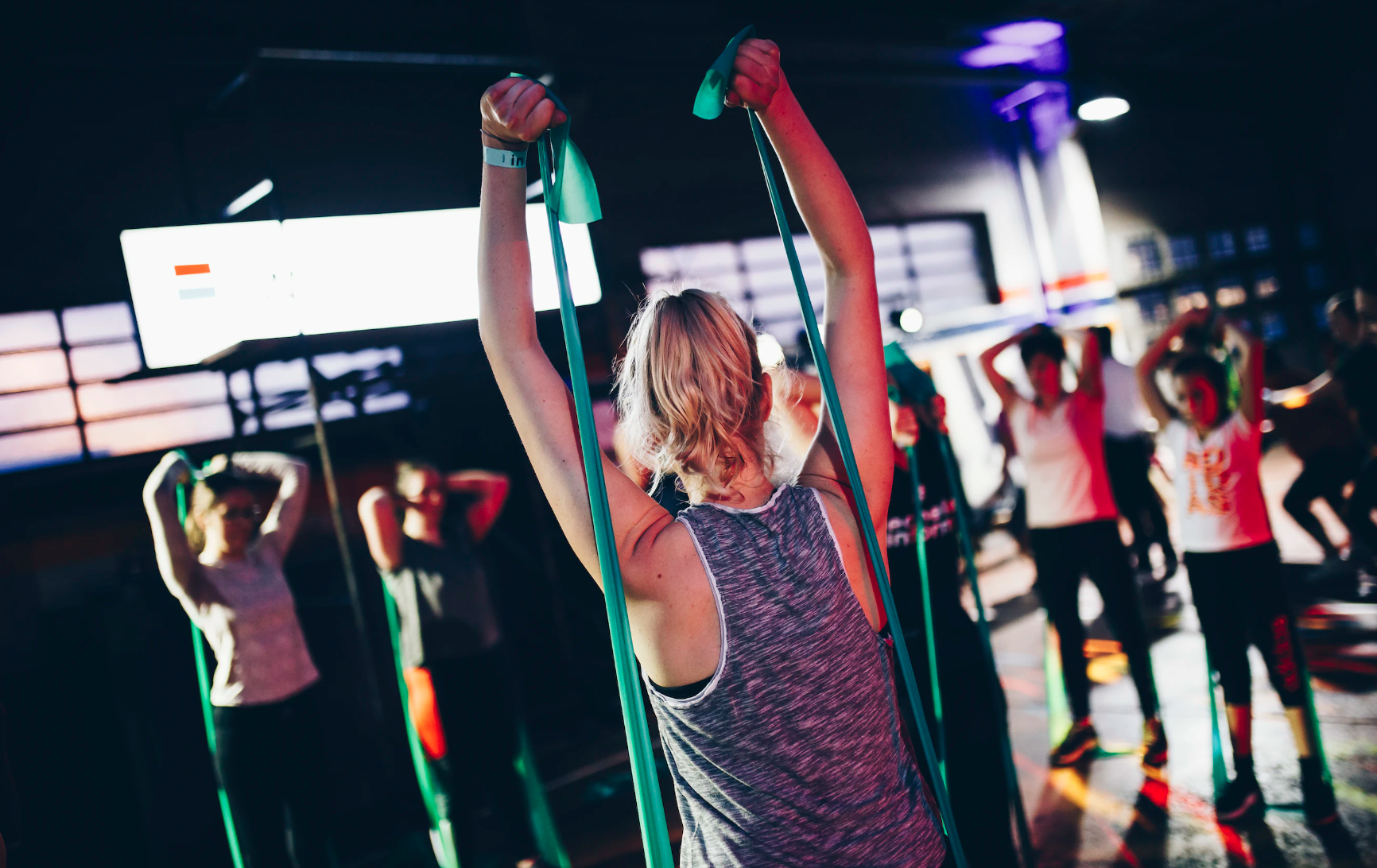Physical Address
304 North Cardinal St.
Dorchester Center, MA 02124
Physical Address
304 North Cardinal St.
Dorchester Center, MA 02124
Do you ever feel as like you are reading a completely different language when you are reading online fitness content? If you’re following any kind of fitness regimen, there are a ton of jargon, acronyms, and phrases that are vital to comprehend but aren’t always simple to comprehend.
Today I’m going to explain the fundamentals of working out and define certain terminology that you should know while improving your fitness.
To be aerobic means to need oxygen. Cardiovascular exercise or actions that improve the function of your cardiorespiratory system are typically referred to as aerobic exercise. Running, biking, swimming, or any steady-state cardio exercise are typical examples of aerobic exercise.
DOMS, or “delayed onset muscular soreness,” is an acronym. You have experienced DOMS if you have ever felt soreness 24 to 48 hours after finishing a workout.
A drop set is a type of training that starts with a strength exercise done with a lot of weight. You lessen (or “drop”) the weight when you start to feel tired and keep going with the activity. Drop sets can be a helpful approach to increase your strength and stamina.
Active extension is necessary during dynamic stretches in order to move a joint across its range of motion. Before working out, warm up your body with some dynamic stretches.
Anaerobic activities are those that don’t require oxygen. Anaerobic activities include short-duration, high-intensity exercises like running and strenuous weight training. Exercises that need anaerobic energy are good for developing strength and power.

Exercises called compound motions target several muscular groups within a single repetition. The thruster (link to thruster), which combines the strength-building benefits of a squat and shoulder push while efficiently exercising the glutes and shoulders, is an example of a compound exercise.
Excess post-exercise oxygen consumption is referred to as EPOC. In essence, it is the moment following a workout when your body’s metabolism is increased. You have probably encountered EPOC if you’ve ever worked out, showered, and felt a little flushed or sweaty. It usually happens after engaging in vigorous exercise.
The most popular type of self-myofascial release is foam rolling, which can help you loosen up tight muscles, increase flexibility, and correct muscular imbalances.
Functional training is the name given to exercise regimens that promote strength and stamina for use in daily activity and mobility. Given how our bodies move throughout the day, functional training frequently consists of compound exercises that engage multiple muscle groups simultaneously, an emphasis on overall core strength, and high-intensity cardiovascular conditioning.
A well-liked type of functional training is CrossFit. Pull-ups, squats, deadlifts, and kettlebell swings are a few popular functional workouts.
Exercises known as plyometrics are explosive in nature and produce fast, forceful movements. Exercises that are plyometric include box jumps, burpees, squat jumps, and plank jacks.
Short bursts of intense exercise are interspersed with quick rest periods to form the “high-intensity interval training” technique. Check out this guest post I wrote for Hello to Fit if you want to learn more about HIIT and how to include it into your workouts.

When performing isometric workouts, the muscle is challenged by retaining a particular position rather than flexing or extending. When a muscle is being worked, it produces force equal to the force being applied to it. Planks and wall sits are two popular isometric workout examples.
LISS is an abbreviation for moderate cardiac activity that is carried out at a constant intensity.
A repeat, sometimes known as a “rep,” is an entire movement performed as part of a single exercise. You know how many times to perform an exercise when you are given a specific number of reps to finish.
two exercises in a set that are done back-to-back with little to no rest in between. For instance, if you were told to perform a superset of 10 squats and 10 squat leaps, you would finish the squats first and then immediately start the squat jumps without pausing in between. You would then have a period of rest following the completion of both workouts.
For more information you can click: